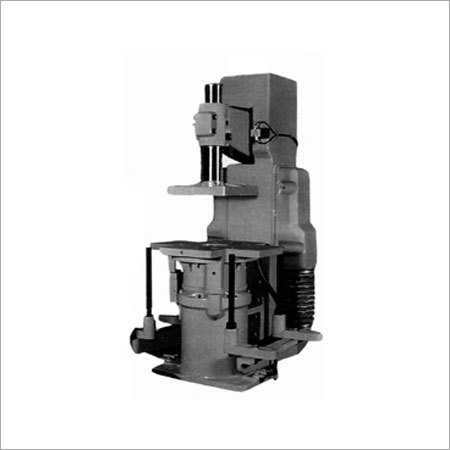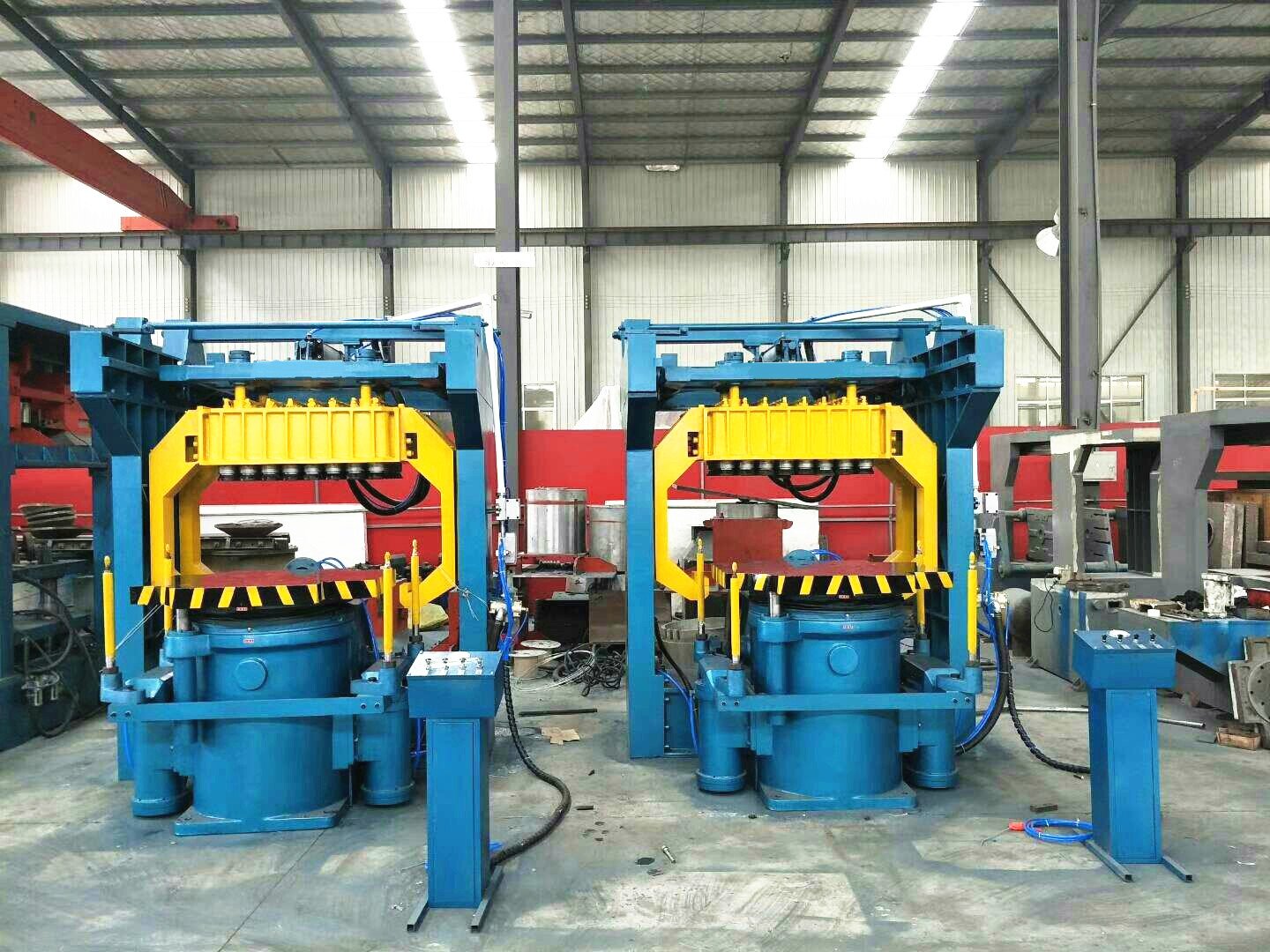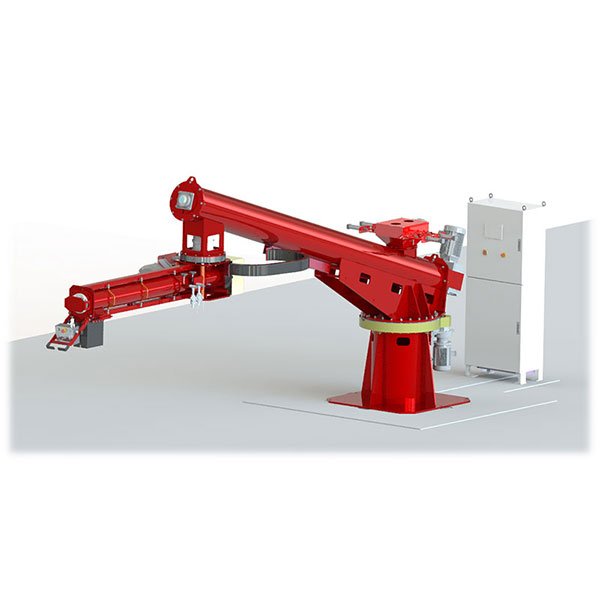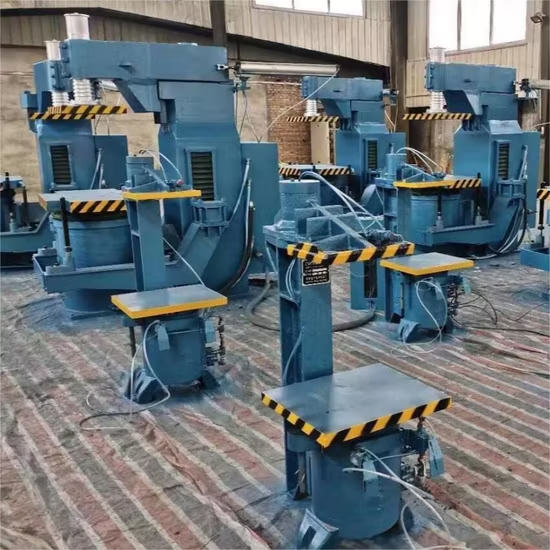Steel wire coils are hard to clean, especially before drawing or coating. Manual methods can't keep up with modern speed or quality demands.
A wire rod shot blasting machine is a continuous inline system that uses high-speed abrasive projection to clean steel wire coils before downstream processing.
If your plant deals with wire drawing or metal finishing, this machine could solve your surface prep headaches.
What Is a Wire Rod Shot Blasting Machine?
Cleaning long coils of steel wire manually is labor-intensive, slow, and inconsistent.
A wire rod shot blasting machine is an automated device engineered to remove rust, scale, and oxidation from wire coils using rotating blast wheels and abrasive media.

These machines are built specifically for the demands of wire manufacturing industries. The wire rod, typically coiled and weighing up to several tons, is uncoiled and passed through a tunnel-like blasting chamber. Inside, multiple blast wheels bombard the surface with steel shots or grits at high speed, ensuring uniform surface treatment across the wire’s full length.
The machine’s automation allows for continuous operation—no manual handling, no stopping. This increases throughput and ensures that each meter of wire is prepared to the exact same quality. For many of our clients in spring or welding rod production, this consistency directly translates to fewer product defects and higher performance downstream.
It’s also worth noting that these machines are highly customizable. You can choose different configurations based on wire speed, coil size, and the specific surface finish you require.
Overview Table
| Parameter | Typical Range |
|---|---|
| Wire Material | Carbon steel, alloy steel |
| Diameter Range | 5–16 mm |
| Coil Weight Capacity | 500–2,000 kg |
| Number of Blast Wheels | 4 to 6 |
| Abrasive Media | Steel shot, steel grit |
| Production Speed | 1–30 m/min |
How Does It Work?
Wire surfaces accumulate oxides and scale during hot rolling. These need to be removed before drawing or galvanizing.
The machine feeds coiled steel wire into a blast chamber where multiple turbines project steel shot at high velocity to clean the surface continuously.

Step-by-Step Process
- Wire Feeding System: The coil is placed on a de-coiler. Guide rollers feed the wire into the blast tunnel.
- Blasting Zone: As the wire moves through, 4–6 blast wheels fire steel shots at 78–90 m/s onto the wire’s surface.
- Dust Extraction: A cartridge-based dust collector removes airborne particles, ensuring a clean operation.
- Media Recycling: Used abrasive is filtered and reused, minimizing waste.
- Post-Blasting Handling: The cleaned wire exits ready for drawing, coating, or packaging.
Control & Safety Systems
- Inverter-driven motors adjust wire speed based on desired finish.
- Sensors monitor wire tension to prevent deformation.
- Safety interlocks and sealed doors ensure operator protection.
What’s remarkable about this setup is how energy-efficient and eco-friendly it has become. Early systems used a lot more abrasive and generated more dust. Today, with optimized blast wheel geometry and smart recycling loops, operational costs are far lower.
Key Features of Wire Rod Shot Blasting Machines
Customers often ask what differentiates a good wire shot blaster from an average one.
Key features include adjustable wire speed, optimized blast wheel layout, durable liners, and efficient dust collection systems for clean and consistent processing.
Feature Table
| Feature | Description |
|---|---|
| Wire Speed Control | Adjustable via VFDs (1–30 m/min) |
| Blast Wheel Layout | Angled for 360° coverage |
| Lining Material | Manganese or alloy steel for durability |
| Abrasive Type | Steel shot for bright finish; grit for rougher texture |
| Dust Collector | Cartridge-type with pulse jet cleaning |
| Maintenance Access | Side doors for easy wheel and liner replacement |
In my experience, the build quality of the blast chamber and media reclaim system is what determines long-term reliability. Machines from Hitech-China, for instance, include thicker wear plates, bolted rather than welded linings, and modular parts that make maintenance faster and cheaper.
Another critical point is alignment: misaligned wire feeding or poorly calibrated wheels can cause inconsistent results. That’s why automated tension monitoring and real-time process control are increasingly popular in premium models.
Industrial Applications
The cleaned surface of a wire rod affects every downstream process.
Wire rod shot blasting is essential in industries that require clean surfaces for drawing, welding, spring-making, or galvanizing.
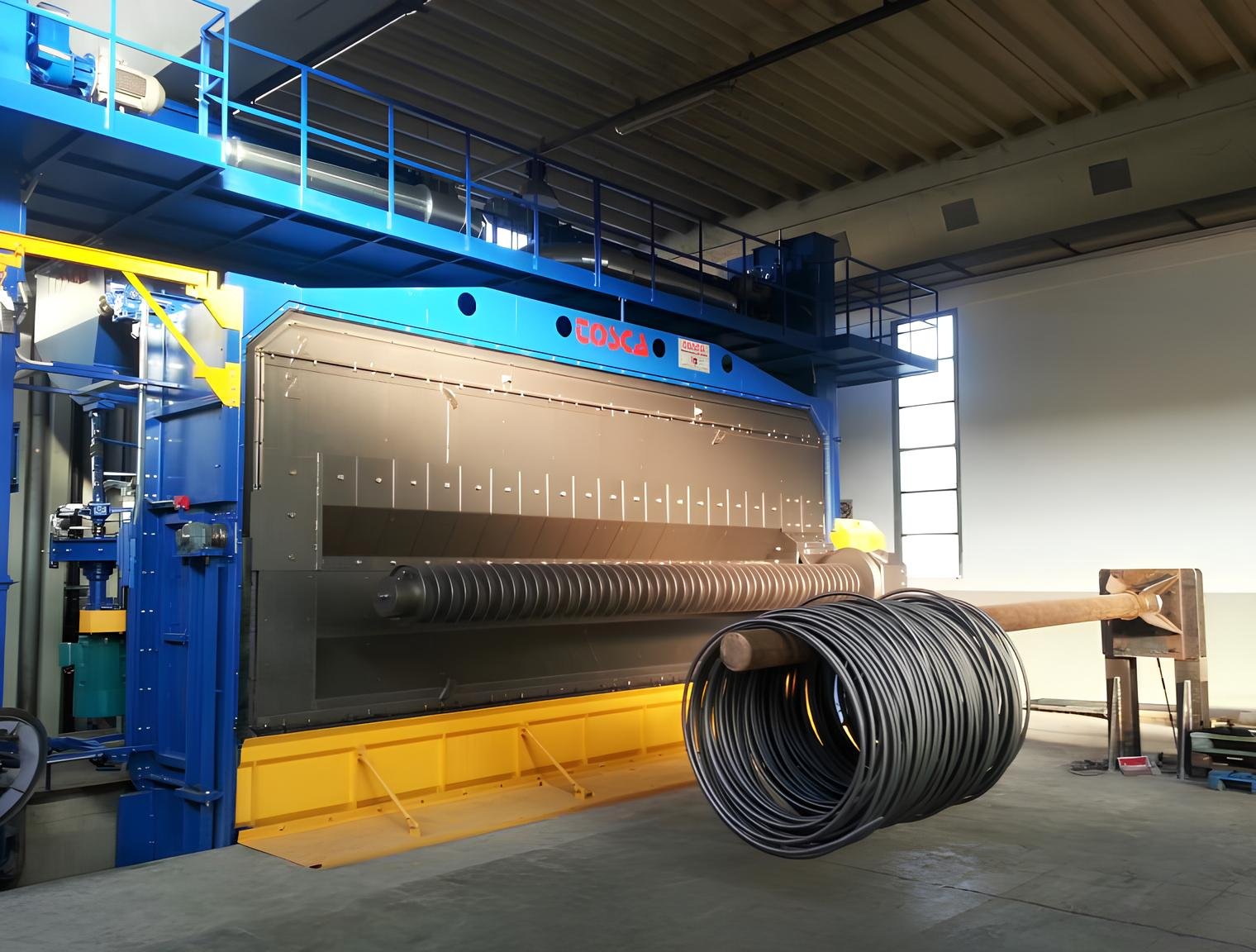
Application Areas
- Wire Drawing Plants: Clean wire improves die life and reduces drawing force.
- Spring Manufacturing: Blasted wire has better fatigue resistance.
- Welding Electrode Production: Ensures adhesion of flux coating.
- Galvanizing Lines: Surface preparation improves coating uniformity and bonding.
- Metal Mesh and Cable Plants: Enhances welding and coating adhesion.
This wide usability makes it a foundational machine in many wire processing plants. Clients who invested in wire rod shot blasting often report smoother operations and less downtime due to drawing die wear or inconsistent galvanizing.
FAQs
Q: Can this machine clean rusted wire coils?
A: Yes, it's specifically designed to remove rust, mill scale, and oxide layers efficiently.
Q: What abrasive media should I use?
A: Use steel shot for bright finishes or steel grit for a more textured surface.
Q: Is it suitable for aluminum wire?
A: Not recommended—aluminum is too soft. Use specialized equipment like brush or pickling lines.
Q: How much maintenance does it require?
A: Minimal, provided you perform weekly checks and replace worn liners and nozzles as scheduled.
Q: Can I use it in a humid environment?
A: Yes, but make sure to install proper humidity controls to prevent shot clumping and wire corrosion.
Conclusion
A wire rod shot blasting machine is essential for any facility handling steel wire coils. It improves surface quality, reduces die wear, and integrates seamlessly into automated production lines.


